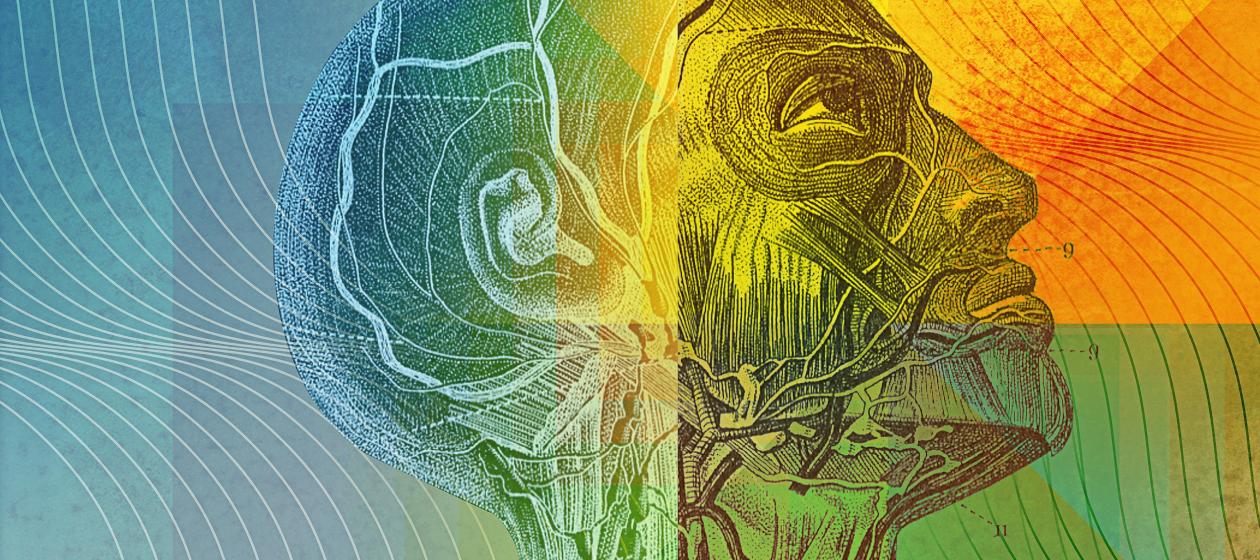Watch the video Japanese scientists create touchable holograms on Yahoo News. Japanese scientists create touchable holograms, believing this could contribute to architecture and medicine. Jim Drury reports.


Watch the video Japanese scientists create touchable holograms on Yahoo News. Japanese scientists create touchable holograms, believing this could contribute to architecture and medicine. Jim Drury reports.

The world’s first anti-ageing drug will be tested on humans next year in trials which could see diseases like Alzheimer’s and Parkinson’s consigned to distant memory.
Scientists now believe that it is possible to actually stop people growing old as quickly and help them live in good health well into their 110s and 120s.
Although it might seem like science fiction, researchers have already proven that the diabetes drug metformin extends the life of animals, and the Food and Drug Administration in the US has now given the go ahead for a trial to see if the same effects can be replicated in humans.

Gene editing has already been used to fight diseases, but there’s now hope that it might eliminate the diseases altgether. Researchers have shown that it’s possible to eliminate facial muscular dystrophy using a newer editing technique, CRISPR (Clusters of Regularly Interspaced Short Palindromic Repeats) to replace the offending gene and ‘turn off’ the condition. The approach sends a mix of protein and RNA to bind to a gene and give it an overhaul.
This doesn’t mean that doctors suddenly have a cure-all on their hands. They haven’t tried CRISPR on real live people, and there’s no guarantee that it’d work with every genetic condition under the Sun. The initial test was only 50 percent effective, too. If this gene mending is useful in the field, though, it could do a lot to transform medicine. Doctors could treat the root cause of a genetic disease rather than deal with the symptoms, and possibly wipe it out entirely — or at least, make it more bearable.
[Image credit: Getty Images].


An Italian surgeon hopes to perform the first-ever head transplant. Is he a genius or a crank?

London, UK, November, 19, 2015 (PRWEB UK) 19 November 2015.
What matters in beauty is perception. Perception is how you and other people see you, and this perception is almost always biased. Still, healthy people look more attractive despite their age and nationality.
This has enabled the team of biogerontologists and data scientists, who believe that in the near future machines will be able to get a lot of vital medical information about people’s health by just processing their photos, to develop a set of algorithms that can accurately evaluate the criteria linked to perception of human beauty and health where it is most important – the human face. But evaluating beauty and health is not enough. The team’s challenge is to find effective ways to slow down ageing and help people look healthy and beautiful.

Just as the development of antibiotics revolutionized the treatment and prevention of bacterial infections in the mid-20th century, MIT’s Dr. Todd Rider has invented DRACOs, a novel broad-spectrum antiviral drug that has the potential to revolutionize the treatment and prevention of virtually all viral infections. Dr. Rider’s DRACOs approach and results have been called “visionary” by the White House (National Bioeconomy Blueprint, April 2012, p. 9), named one of the best inventions of the year by Time magazine (November 28, 2011, pp. 58, 78), and featured on the BBC Horizons TV program (2013).
However, research on DRACOs has entered the well-known “Valley of Death” in which a lack of funding prevents DRACOs, and many other promising new drugs, from being developed and advancing toward human medical trials. To progress DRACOs research it needs to be demonstrated against clinically relevant viruses (i.e; HSV). To that end an IndieGoGo campaign (http://igg.me/at/EndTheVirus) was started on October 13, 2015.
Donate and Learn More on IndieGoGo.http://igg.me/at/EndTheVirus

Liz Parrish in another excellent interview. Bioviva is daring to push ahead and test telomerase therapy to see if it works.
Dr. Ed Park of Recharge Biomedical interviews LIz Parrish, CEO of BioViva and the first person to receive telomerase gene therapy. Clinical signs indicate this revolutionary therapy may be working.
Want to Live Forever? http://goo.gl/3h3OrD — Download my FREE Report & Learn 5 Ways to Naturally Increase your Telomerase Activity.

As advancements in technology continue at an ever-increasing pace, will there ever come a day when we’ll be able to use science to cheat death? Australian startup company Humai seems to think so; it claims to be working on a way to transfer a person’s consciousness into an artificial body after they’ve died.
“We want to bring you back to life after you die,” says Humai CEO Josh Bocanegra on the company’s website. “We’re using artificial intelligence and nanotechnology to store data of conversational styles, behavioral patterns, thought processes and information about how your body functions from the inside-out. This data will be coded into multiple sensor technologies, which will be built into an artificial body with the brain of a deceased human. Using cloning technology, we will restore the brain as it matures.”
In an interview with Australian Popular Science, Bocanegra said: “We’ll first collect extensive data on our members for years prior to their death via various apps we’re developing.” After death, the company will cryogenically freeze members’ brains until the technology is fully developed, at which point the brains will be implanted into an artificial body.

Injecting billions of immune cells back into the body boosts insulin production, preventing the need for daily injections.